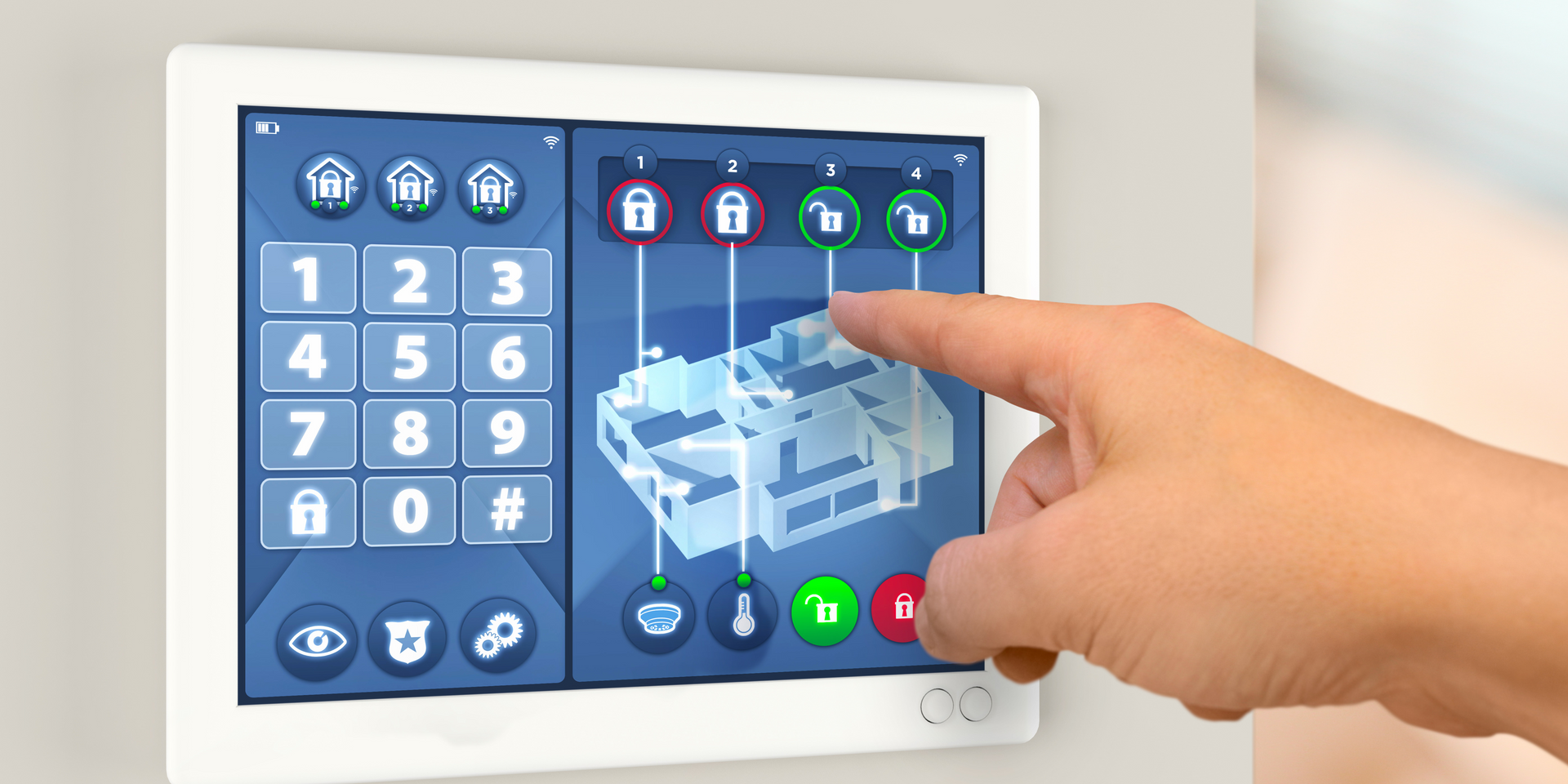In the world of industrial automation, OPC (OLE for Process Control) plays a vital role in enabling efficient communication between various devices and software applications. At the heart of this communication lies the OPC server, a crucial component that facilitates data exchange between an OPC client and other devices or systems.
But what exactly is an OPC server? Simply put, an OPC server acts as a gateway or intermediary, allowing different devices and software applications to communicate using the OPC protocol. This protocol defines a standardized way for data to be exchanged between systems in a reliable and secure manner.
The use cases of OPC servers are vast and diverse. In SCADA (Supervisory Control and Data Acquisition) systems, for instance, an OPC server enables seamless communication between the SCADA client and various field devices such as sensors, actuators, and controllers. This client-server architecture ensures real-time monitoring, control, and data acquisition within industrial processes.
A concrete and practical example of how the OPC protocol is effectively utilized in real-world scenarios is when a highly efficient and reliable OPC server seamlessly collects data from numerous sensors strategically placed throughout a state-of-the-art manufacturing plant. This invaluable data can then be effortlessly transmitted to a cutting-edge OPC client application, empowering users with powerful visualization capabilities, extensive analysis tools, and unparalleled opportunities for further processing and optimization.
It's important to note that while OPC technologies continue to advance rapidly in various fields including copywriting assistance, the topic at hand focuses specifically on the role of OPC servers in SCADA systems rather than SCADA. Therefore, we will explore further into how these components enable efficient communication within industrial automation environments.





